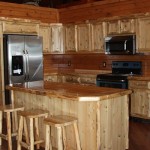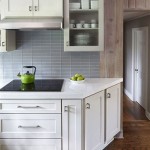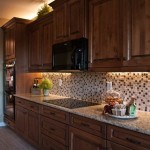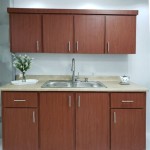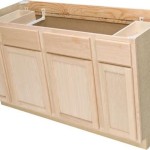Essential Aspects of Kitchen Cabinet Door Joints: A Comprehensive Guide
Kitchen cabinet door joints play a crucial role in the overall durability, functionality, and aesthetic appeal of your cabinets. Understanding the different types of joints available can help you make informed decisions when choosing and installing new cabinets. This article explores the essential aspects of kitchen cabinet door joints, providing valuable insights to homeowners and professionals alike.
Types of Kitchen Cabinet Door Joints
There are three primary types of kitchen cabinet door joints:
- Butt Joint: A simple and basic joint where the door edge meets the cabinet frame, with no overlapping. It is typically used for budget-friendly cabinets and requires precise cutting and alignment.
- Miter Joint: A more intricate joint where the edges of the door and frame are cut at a 45-degree angle. This creates a seamless, mitered corner that is both durable and aesthetically pleasing.
- Dado Joint: A strong and versatile joint where a groove or dado is cut into the frame to accommodate the door panel. It provides a secure fit and can be reinforced with dowels or glue.
Factors to Consider When Choosing a Joint
When selecting a joint for your kitchen cabinet doors, consider the following factors:
- Strength and Durability: Dado joints are the strongest and most durable, while butt joints are the weakest. Choose a joint that meets the specific requirements of your cabinet application.
- Aesthetics: Miter joints offer a seamless and modern look, while butt joints have a traditional and minimalistic appearance. Consider the overall design style of your kitchen.
- Cost: Butt joints are typically the most affordable, while dado joints are more expensive. Determine the appropriate joint for your budget and project.
Installation Techniques
Proper installation is essential to ensure the longevity and performance of your kitchen cabinet door joints:
- Butt Joints: Use precise measurements and alignment to create a tight fit. Apply wood glue for additional strength.
- Miter Joints: Cut the edges precisely and use a miter saw or jig for optimal precision. Secure the joint with wood glue or cleats.
- Dado Joints: Cut the dado groove carefully and ensure the door panel fits snugly. Use glue and reinforce with dowels or screws.
Maintenance and Troubleshooting
Regular maintenance and troubleshooting can help preserve the integrity of your kitchen cabinet door joints:
- Tighten Screws: Over time, screws may loosen. Periodically check and tighten any loose screws to maintain a secure fit.
- Address Loose Joints: If a joint becomes loose, apply wood glue and reinforce it with additional screws or dowels.
- Avoid Excessive Force: Avoid slamming doors or overloading cabinets to prevent undue stress on the joints.
By understanding the essential aspects of kitchen cabinet door joints, you can make informed decisions to select, install, and maintain durable and aesthetically pleasing cabinets for your home. Whether you are a homeowner embarking on a kitchen renovation or a professional contractor, this guide provides valuable insights to ensure the longevity and performance of your kitchen cabinetry.

Home Dzine Diy Quick Tip Easy Door Joinery

What Are Mitered Cabinet Doors Cabinetdoors Com

8 Cabinet Joints For Your Home Improvement Project

Guide To Drilling Hinge Holes In Kitchen Doors Tips Tricks

Selecting Cabinet Doors For A New Kitchen Craig Allen Designs

Cabinet Door Styles Frame Design Molding Horizoncabinetdoor Com

Kitchen Cabinet Parts Terminology Granite Quartz Countertops Cabinets Factory

V Joint Shaker Style Cabinet Door With Groove Panels Rustic Vancouver By User Houzz

Liberty Matte Black Self Closing Overlay Cabinet Hinge 5 Pairs H0103bl Fb Sp The Home Depot

What Is A Mitered Cabinet Door And How Are They Made Cabinetdoors Com
Related Posts

